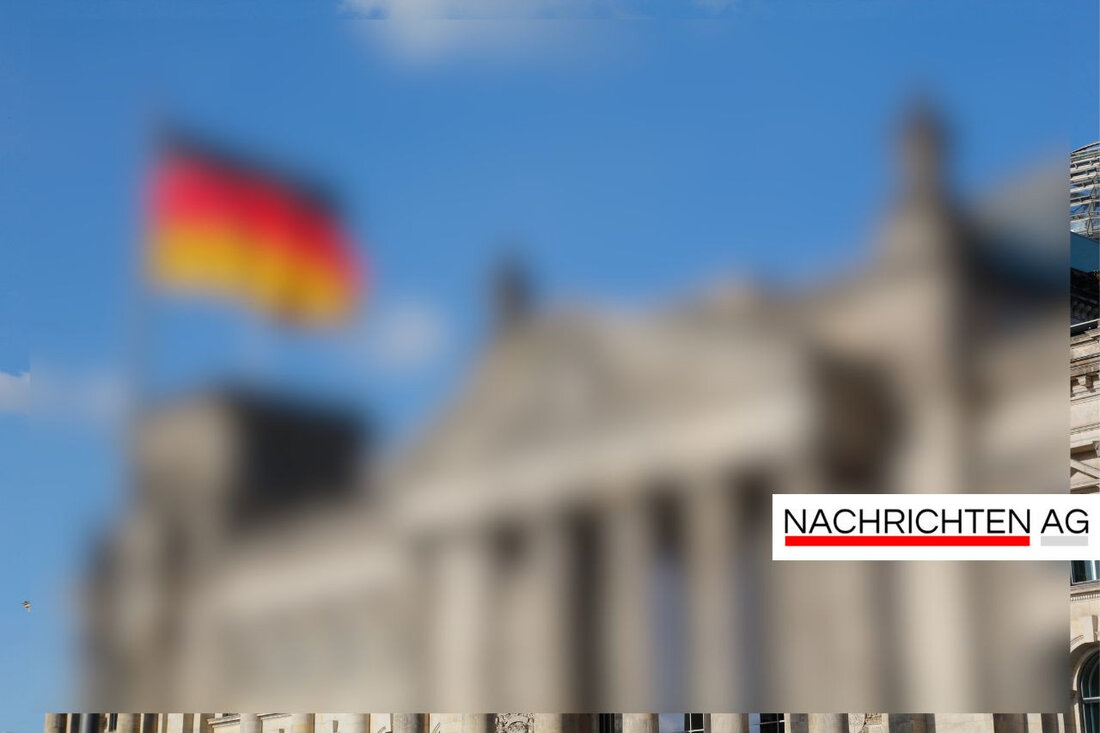Glass fiber expansion in danger: Why many households stay in the dark
Glass fiber expansion in danger: Why many households stay in the dark
The fiber optic expansion in Germany faces major challenges, while the government pursues the goal of supplying all households with fast internet by 2030. According to the Ostsee Zeitung The 10 million limit will be reached by super-fast fiber optic connections by the end of the year. By the end of 2024, 8.8 million fiber optic connections were already installed, and a number of 9.9 million is expected for the end of 2023.
A significant obstacle to fiber optic expansion is difficult wiring in apartment buildings. According to a study by Dialog Consult, gigabitte technology is still rare in these buildings. This shows that real fiber optic connections (FTTH-Fiber to the Home) enable high transmission speeds of over 1000 megabits per second, while FTTB solutions (fibre to the building) rely on copper lines, which reduces the speed. Only 7.6 million households enjoy pure high-speed glass fiber connection, while Telekom rivals two thirds of the fiber optic connections.
Current challenges in the expansion
Although the need for faster internet connections is growing, the take-up rate remains worryingly low. Only every third household that could receive a fiber optic connection orders it this year. A take-up rate of only 16 percent is predicted in Telekom. Telekom focuses on "Homes Passed", i.e. buildings that are suitable for connection, but not actively connects all residential buildings.
single -family houses have a third access to the fiber optic network, but in multi -family houses there are only 5.2 million out of a total of 30.5 million apartments. Difficulties in expanding in these buildings are often due to the building fabric and monument protection requirements. In addition, the Lower Saxony Consumer Center reports delays in the installation of fiber optic connections, while in two out of three cases the FTTH expansion fails.
financing questions and shortage of skilled workers
Financing questions also play a role. 13 percent of the failed projects are due to these difficulties, and the expansion costs can be between 600 and 1400 euros per residential unit. Interestingly, in over half of the cases, Telekom rivals cover the costs, which influences competitive conditions on the market. A shortage of skilled workers and temporal factors inhibit the progress because homeowners often want to coordinate renovations.
Association leaders demand clear framework conditions and transparency regarding the planned copper shutdown. The Federal Network Agency should become more active here and create a long -term schedule for the change of connection, but this is rejected by Telekom. This uncertainty could further delay the slow expansion of further fiber optic compounds.
Although Germany is trying to connect half of all households to the fiber optic network by the end of 2025, the country is lagging behind in international comparison. Internationally, countries such as South Korea and Spain lead to fiber optic expansion. In Germany, the fiber optic content is only around 11 percent, which in the OECD ranking only means 3rd place, while the proportion in Switzerland is around 30 percent. This remains the vision of a comprehensive fiber optic expansion by 2030 a challenging task for everyone involved, such as the analysis of Digital Chiefs shows.
The current situation therefore requires close cooperation between politics, construction companies and telecommunications providers in order to advance the urgently needed expansion and to set the course for a future -proof internet. The discussion about fiber optic availability and use will continue to gain in importance in the near future, while the Federal Government is implementing its gigabit strategy and pressing the improvement of the infrastructure in order to remain competitive in the digital age, as well as the information from Statista clarify.
| Details | |
|---|---|
| Ort | Deutschland |
| Quellen | |


Kommentare (0)